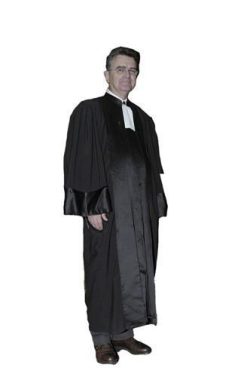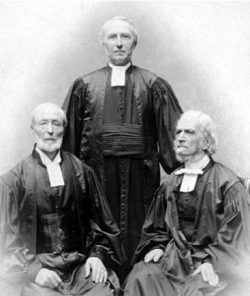The pastoral gown
Since Calvin’s days, the black gown, traditionally for university doctors, was frequently worn at collective worship. After 1968 it, it tended to disappear but is now coming back in use little by little.
From clerical clothing to garment
In the early days of the Reformation preachers wore clerical clothing.
Luther, a former monk and the first pastor of the new Church of the Augsburg Confession, indiscriminately wore the black monoclonal clothing or the white one – as can be seen on etchings.
Calvin and Zwingli always wore the black garment, known as the ‘Geneva gown’. It is the university doctor’s and Gospel minister’s gown that symbolises the proclamation of the“the truth of the Scripture”, on which the Church is based.
In 1664 an edict forbade preachers of the ‘Pretended Reformed Religion’ to wear garments and long-sleeved cassocks or to ‘be seen in long garments anywhere except in temples’.
Thus the black gown was worn to perform ecclesiastical duties, and the civilian suit the remaining time.
The garment today
In the seventies, several pastors adopted a white garment. Some deemed the black one bleak, whereas the white one could express the greater prominence of the liturgy and the sacraments; it was also considered as step towards the Catholics as ecumenism was developing.
In fact, the pastor is granted great liberty as to the use of the garment. Black or white, worn or not, there is no obligation The pastor can choose to stress the skill of the theologian – the black gown –, or the light of the resurrection – the white garment –, or the closeness to others – the civilian suit.
After a recent survey only 43% of pastors wear a gown, of which 39% are Reformed and 81% Lutheran.
The black gown is the most commonly used. It is a lose-fitting tunic in a silky fabric with wide sleeves and pleated at the shoulders.
It has no collar: it opens on the front and the pastor covers it with of high starched white collar with two long white lapels about 25cm long, representing the old and the new Covenants.
The garment gown cannot be compared to the priest’s sacerdotal clothing, and for most Protestants the gown remains the symbol of the pastoral ministry. It may seem intimidating, but also reassuring, because it is the sign of a presence as well as loyalty to a tradition.
Bibliography
- Books
- WILLAIME Jean-Paul, Profession pasteur, Labor et Fidès, Paris, 1986
Associated notes
-
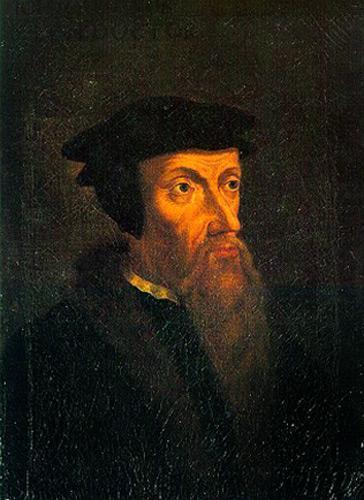
Jean Calvin (1509-1564)
A generation after Luther, the Frenchman Jean Calvin became the organiser of the Reformation : he organised the Church, shaped the doctrine and defined the role of the Church in state government. -
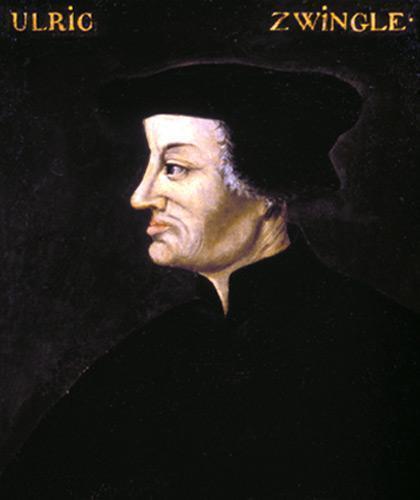
Ulrich Zwingli (1484-1531)
Zwingli, a pastor and theologian, based the Reformation on Bible study. In his opinion the Reformation comprised fighting social injustice. -
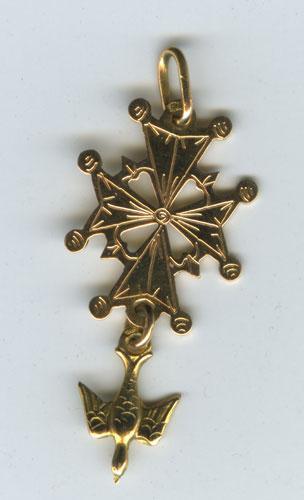
The Huguenot cross
A sign of recognition among the Reformed, the Huguenot cross appeared only one century after the Reformation was established in France. -
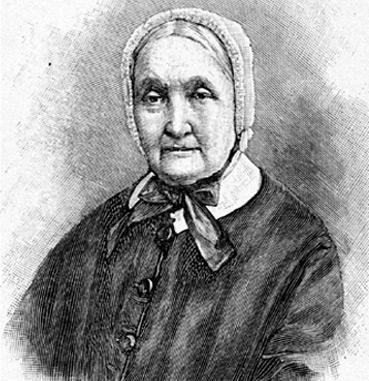
The garments of the deaconesses of Reuilly
When the community was created in 1841, the deaconesses wished to wear clothing almost similar to that of ordinary women. But, in the second half of the 20th century, they...

